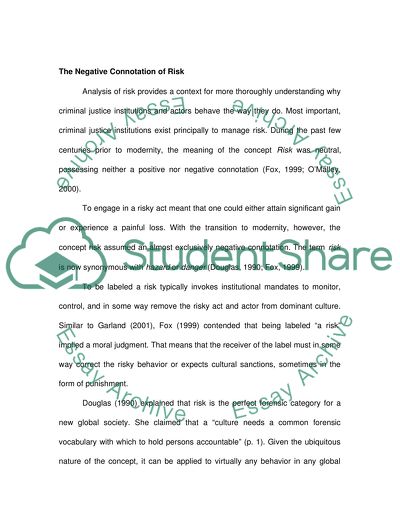Cite this document
(“Risk Society Essay Example | Topics and Well Written Essays - 2000 words”, n.d.)
Risk Society Essay Example | Topics and Well Written Essays - 2000 words. Retrieved from https://studentshare.org/sociology/1506379-risk-society
Risk Society Essay Example | Topics and Well Written Essays - 2000 words. Retrieved from https://studentshare.org/sociology/1506379-risk-society
(Risk Society Essay Example | Topics and Well Written Essays - 2000 Words)
Risk Society Essay Example | Topics and Well Written Essays - 2000 Words. https://studentshare.org/sociology/1506379-risk-society.
Risk Society Essay Example | Topics and Well Written Essays - 2000 Words. https://studentshare.org/sociology/1506379-risk-society.
“Risk Society Essay Example | Topics and Well Written Essays - 2000 Words”, n.d. https://studentshare.org/sociology/1506379-risk-society.


